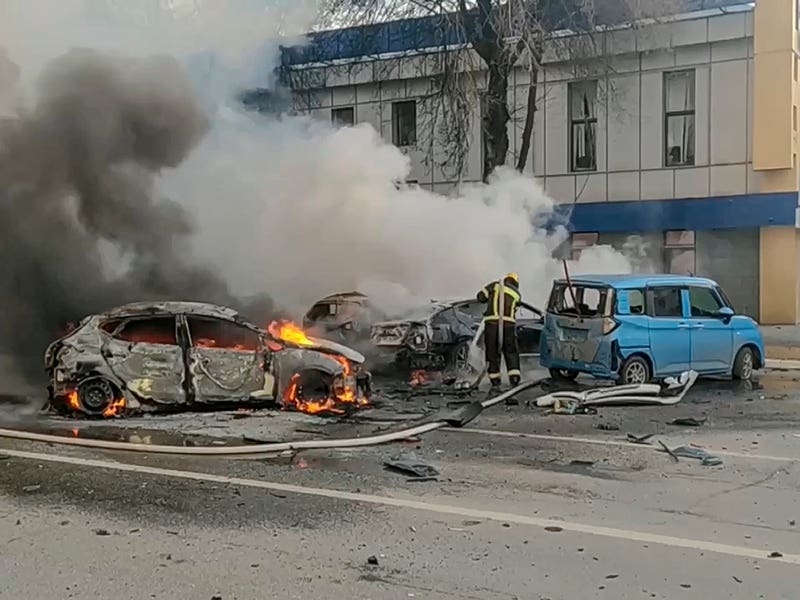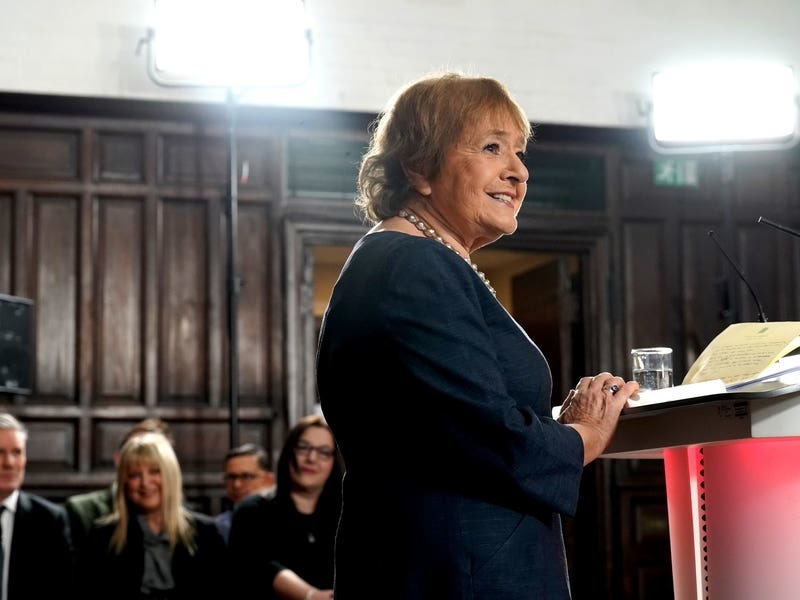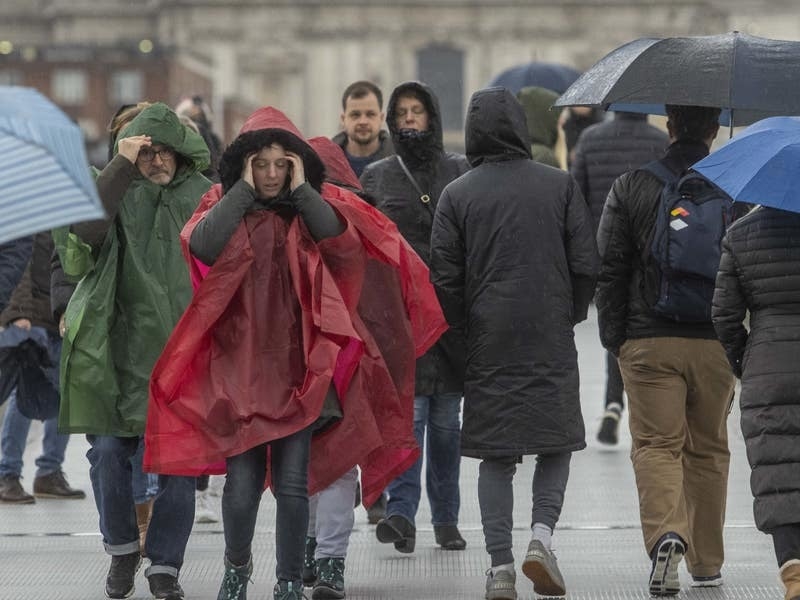Russia and Ukraine on Wednesday exchanged hundreds of prisoners of war in the biggest single release of captives since Russia’s full-scale invasion in February 2022.
Ukrainian authorities said that 230 Ukrainian prisoners of war returned home in the first exchange in almost five months.
Russia’s Defence Ministry said that 248 Russian servicemen have been freed under the deal sponsored by the United Arab Emirates.
The UAE’s Foreign Ministry attributed the swap to the “strong friendly relations between the UAE and both the Russian Federation and the Republic of Ukraine, which were supported by sustained calls at the highest levels”.
The UAE has maintained close economic ties with Moscow despite Western sanctions and pressure on Russia after it launched its invasion.
Ukraine’s human rights ombudsman, Dmytro Lubinets, said it was the 49th prisoner exchange during the war.

Russian officials offered no other details of the exchange.
The Russian military meanwhile said it had shot down 12 Ukrainian missiles over Russia’s southern Belgorod region bordering Ukraine, as Kyiv’s forces seek to embarrass President Vladimir Putin and puncture his argument that life in Russia is going on as normal despite the 22-month war.
Belgorod Governo Vyacheslav Gladkov said the situation in the regional capital, also called Belgorod, “remains tense”.
The city came under two rounds of shelling on Wednesday, he wrote on Telegram.
“Air defence systems worked,” he said, promising more details about possible damage after inspecting the area later in the day.
Wednesday is a national holiday in Russia.

The Soviet-built Tochka-U tactical missile system has a range of up to 75 miles (120km). It has a massive warhead that can carry cluster munitions. Ukraine has received some cluster munitions from the US but Tochka-U and Vilkha can use their own cluster munitions.
The Russian side of the border with Ukraine has come under frequent attack in recent days.
During the war, Russian border villages have sporadically been targeted by Ukrainian artillery fire, rockets, mortar shells and drones launched from thick forests where they are hard to detect.
Lately, as missiles and drones have fallen on Ukrainian cities, Kyiv’s troops have aimed at the Belgorod regional capital, which lies roughly 60 miles (100km) north of Kharkiv, Ukraine’s second-largest city.
Belgorod, which has a population of around 340,000 people, is the biggest Russian city close to the Ukrainian border. It can be reached by relatively simple and movable weapons such as multiple rocket launchers.
On Saturday, shelling in Belgorod killed more than two dozen people.
The attack was one of the deadliest on Russian soil since Moscow’s full-scale invasion.
Russian officials said the death toll reached 26, including five children, after a new salvo of rockets on Tuesday.

On Monday, Mr Putin lashed out at the Belgorod attacks.
“They want to intimidate us and create uncertainty within our country,” he said, promising to step up retaliatory strikes.
The Russian government has tried to counter the successful strikes by describing the Ukrainians as “terrorists” who are indiscriminately targeting residential areas while insisting the Russian military only aims at depots, arms factories and other military facilities.
Ukrainian officials never acknowledge responsibility for strikes on Russian territory.






